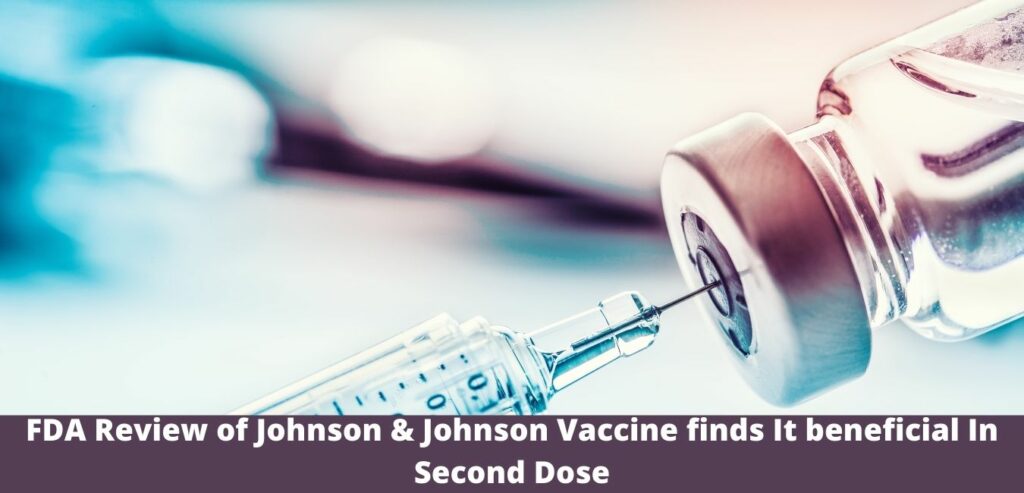Food and Drug Administration researchers tracked down an expected advantage to a second portion of the Johnson and Johnson Covid antibody in an information audit that was delivered Wednesday and that relied intensely upon the organization’s investigation, proposing a promoter of that shot was maybe more justified than extra dosages of other Covid vaccinations.
From the beginning of the immunization campaign, numerous specialists said they accepted the single-shot Johnson and Johnson routine would, at last, require a subsequent shot, and the archives make ready for a board of specialists who encourage the FDA to talk about Friday the circumstance, need and security of a sponsor portion.
“Although not independently confirmed by FDA from datasets, summaries of the data suggest there may be a benefit in a second dose administered approximately 2 months after the primary dose,” an FDA employee wrote.
Normally, the organization does its independent review of information, however, a large part of the information was not submitted on schedule, which means huge pieces of the survey rely upon the organization’s examination.
Johnson and Johnson are looking for approval of a supporter portion at a half year or later after the underlying went for individuals 18 and more established. The organization says the additional portion could be given as right on time as 2 months after the main shot.
The wellbeing and adequacy of a sponsor are investigated in archives Johnson and Johnson submitted to the FDA looking for approval of a promoter portion. The accommodation incorporates results from four clinical preliminaries that tried promoter portions a few months after the principal portion or a half year after the underlying shot.
Longer development of the underlying 40,000-man preliminary that showed the antibody was powerful discovered that it was 56% viable by and large against ailment, including moderate and extreme infection — lower than the underlying evaluation.
One review that tried two portions 56 days separated tracked down that two dosages were 75% viable against ailment, and 100% successful against serious infection.
Two different investigations estimated the safe reaction after a promoter. A review that gave a promoter following a few months discovered antibodies expanded, however not as much as when a supporter was allowed following a half year. Yet, impediments in the test used to do the investigation mean FDA staff considered that the insusceptible reactions shouldn’t be straightforwardly looked at.
One of the conversation questions the FDA has spread out for the master board is to talk about whether a subsequent shot ought to be approved at two months, or with somewhere around a multi-month hole.
Information is additionally planned to be introduced Friday from a National Institutes of Health trial assessing the wellbeing and adequacy of giving individuals promoter dosages of antibodies made by various organizations.
That data could be quite compelling to beneficiaries of the Johnson and Johnson immunization, which, in its underlying trial, was fairly less effective than the courier RNA antibodies made by Pfizer-BioNTech and Moderna. The Johnson and Johnson antibody additionally conveys an admonition about an uncommon danger of setting events.
The FDA’s surveys of supporter dosages of courier RNA immunizations have not taken a situation on whether sponsors were required. A Pfizer-BioNTech promoter portion was approved for a select populace regardless of that. The master council is relied upon to decide on Moderna’s promoter Thursday.
Interestingly, the review of the Johnson and Johnson antibody recommends the organization sees a more clear requirement for another portion, even as the information stays restricted.
The organization noticed that generally, the information recommend the Johnson and Johnson antibody ensures against the most noticeably terrible results — extreme sickness or demise — however, noticed that the underlying security was not exactly other accessible vaccines in the United States.

